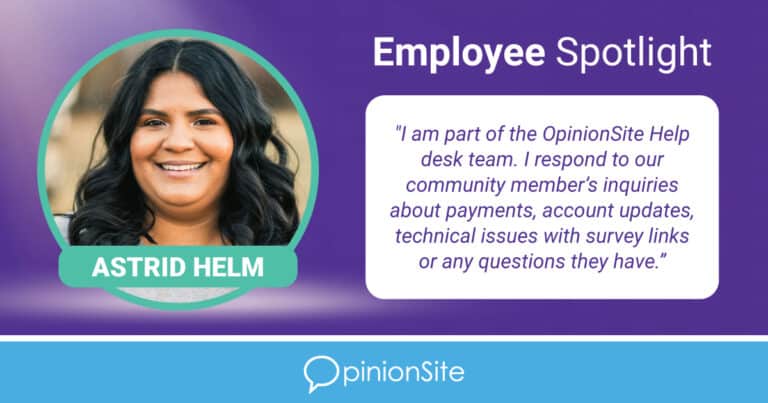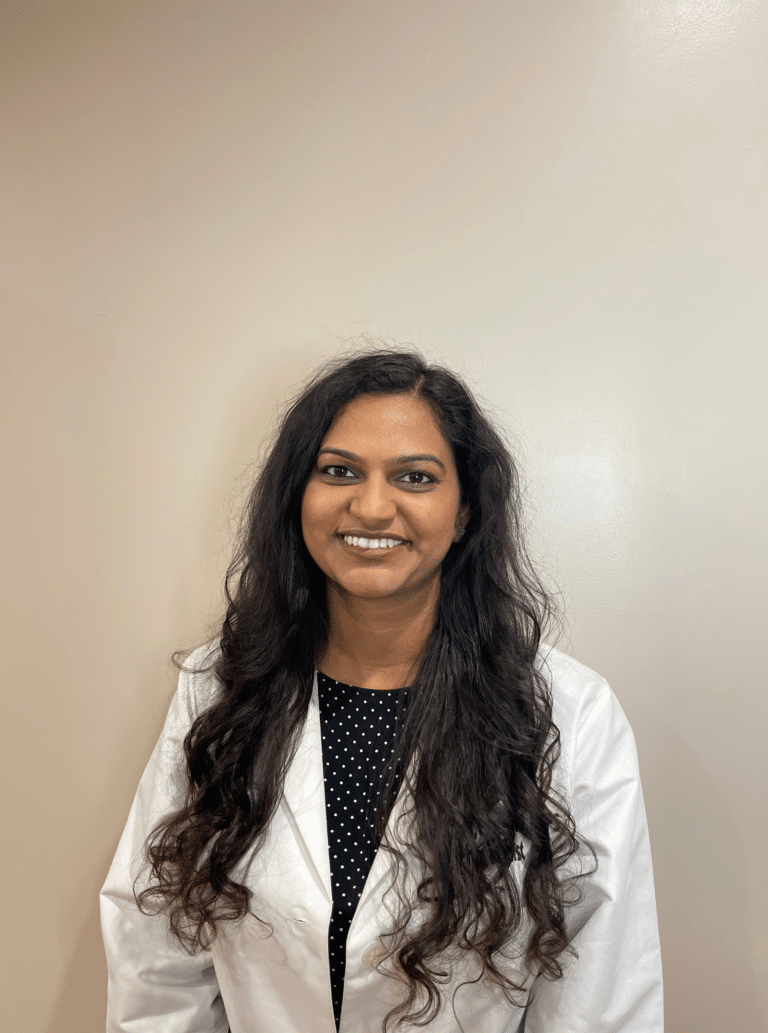When I graduated with a Doctor of Nursing Practice, completed my clinicals, passed my boards, obtained my licensure to practice, and landed my first job, I assumed everyone knew my background, goals, and the meaning of the term nurse practitioner (NP). Well, as has been revealed to me on numerous occasions, I was wrong. Just recently, I had a conversation with a physician friend who had no idea I started my career as a registered nurse (RN), working in a hospital. Here are a few tidbits you may not have known about NPs:
- In order to become an NP, you must first be an RN. Additionally, NPs must maintain their RN licensure, even after you have become a licensed NP. So, yes, I am a nurse, and I will always remain one.
- All new NPs must obtain at least a master’s degree (after having completed a bachelor’s degree, like most graduate programs), but doctoral-prepared NPs are increasing. After graduate school, NPs must pass boards in their area of specialty to become eligible for state licensure.
- Around 70-75% of NPs are currently working in primary care.1,2 Compare this to 30% of physicians who practice in primary care.4,8 NPs are educated, trained, and ready to help fill the U.S. primary care provider gap.3 NPs tend to have a high acceptance of traditionally underserved patients – think Medicare and Medicaid insureds.5 To put it bluntly, NPs are not trying to take physicians’ jobs, nor trying to compete with them. We are trying to provide the best care for patients whose access to primary care providers is diminishing. Finally, we are here to collaborate. So, if you believe I am lacking in an area of practice, let me know, I’ll probably hear you out.
- NPs prefer to be called NPs (surprise!) or Advanced Practice Providers (APPs). The terms physician extender and mid-level provider can come across as belittling and subversive – I imagine there are PAs who feel the same way. Certainly, though, we are not physician extenders (instead, we operate using a nursing model of care) and mid-level connotes a sub-standard level of care.
- The reason for this post is to celebrate Women in Medicine. So, you’re probably wondering what a few facts about NPs have to do with that. Roughly 82% of NPs are female, yet we earn approximately 11-13% less than our male NP counterparts.6,9 Perhaps not surprisingly, the same is true across several fields of medicine; gender-related pay disparity is well-documented within the physician community.7 Based on our high-level of representation among the profession, the pay gap should be readily resolved.
Now, I did not write this to lambast or criticize. Instead, my goal is awareness. Many of you will read this list and discount the items right off the bat, some will already know everything I mentioned, and a few will (hopefully) internalize a number of my words and put them into practice.
Interested in becoming an OpinionSite member? Join now: https://opinionsite.incrowdanswers.com/register/?src=67#/
Sources
1 American Association of Nurse Practitioners. (2022, April). NP fact sheet. https://www.aanp.org/about/all-about-nps/np-fact-sheet
2 American Association of Nurse Practitioners. (n.d.). Nurse practitioners in primary care. https://www.aanp.org/advocacy/advocacy-resource/position-statements/nurse-practitioners-in-primary-care
3 Association of American Medical Colleges. (2021, June 11). AAMC report reinforces mounting physician shortage. https://www.aamc.org/news-insights/press-releases/aamc-report-reinforces-mounting-physician-shortage
4 Bazemore, A., Wilkinson, E., Petterson, S., & Green, L. (2019, August 15). Proportional erosion of the primary care physician workforce has continued since 2010. American Family Physician. https://www.aafp.org/afp/2019/0815/p211.html
5 Buerhaus, P. I., DesRoches, C. M., Dittus, R., & Donelan, K. (2015). Practice characteristics of primary care nurse practitioners and physicians. Nursing Outlook, 63(2), 144-153. https://doi.org/10.1016/j.outlook.2014.08.008
6 Greene, J., El-Banna, M. M., Briggs, L. A., & Park, J. (2017). Gender differences in nurse practitioner salaries. Journal of the American Association of Nurse Practitioners, 29(11), 667-672. https://doi.org/10.1002/2327-6924.12512
7 Paturel, A. (2019, April 16). Closing the gender pay gap in medicine. Association of American Medical Colleges. https://www.aamc.org/news-insights/closing-gender-pay-gap-medicine
8 Robert Graham Center. (2019, August 15). Percentage of primary care physicians falls over nine years. https://www.graham-center.org/press-events/press/all-releases/081519-percentage-primary-care-physicians-falls-over-nine-years.html
9 U.S. Census Bureau. (2013, February). Men in nursing occupations. https://www.census.gov/content/dam/Census/library/working-papers/2013/acs/2013_Landivar_02.pdf




